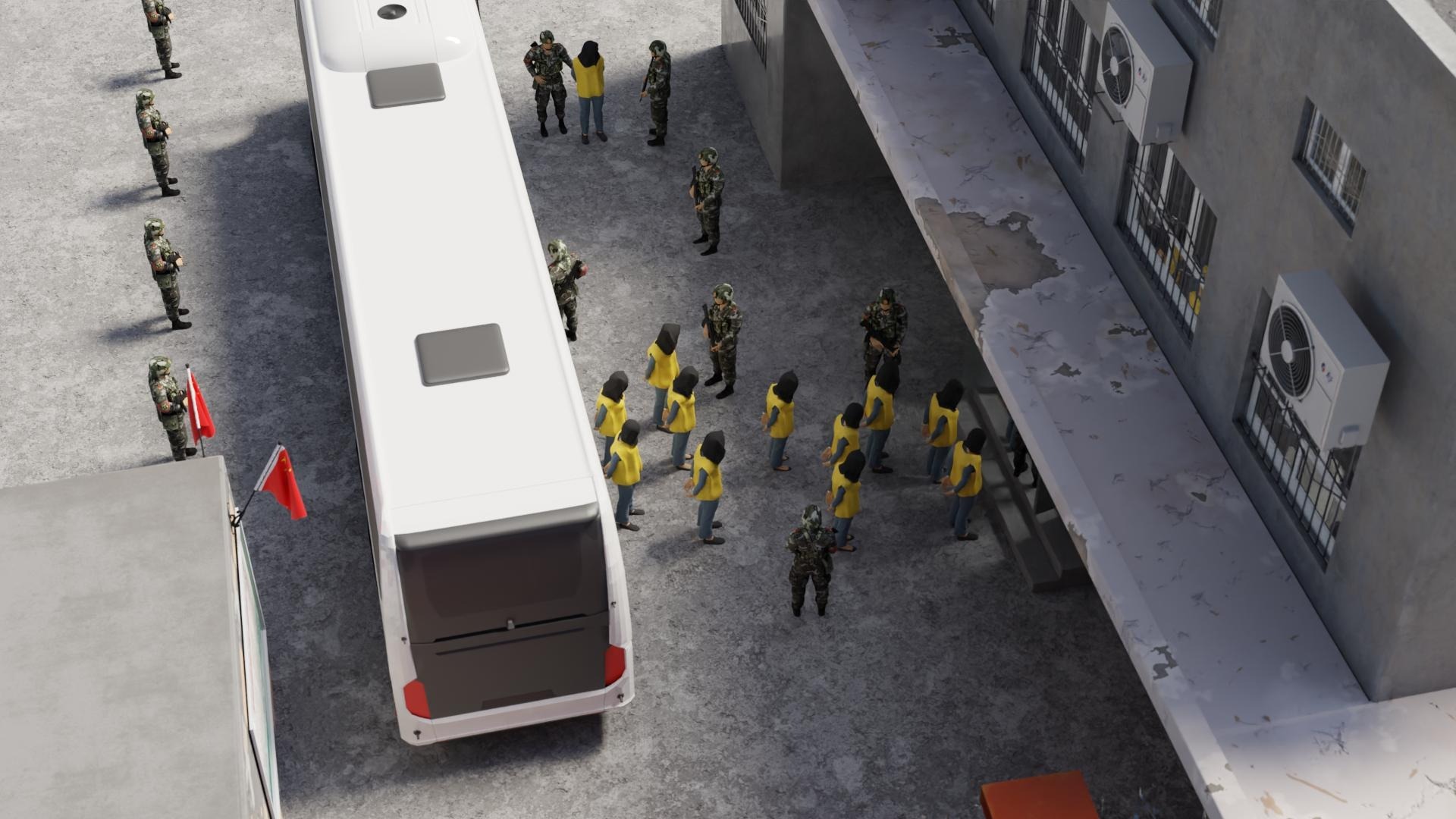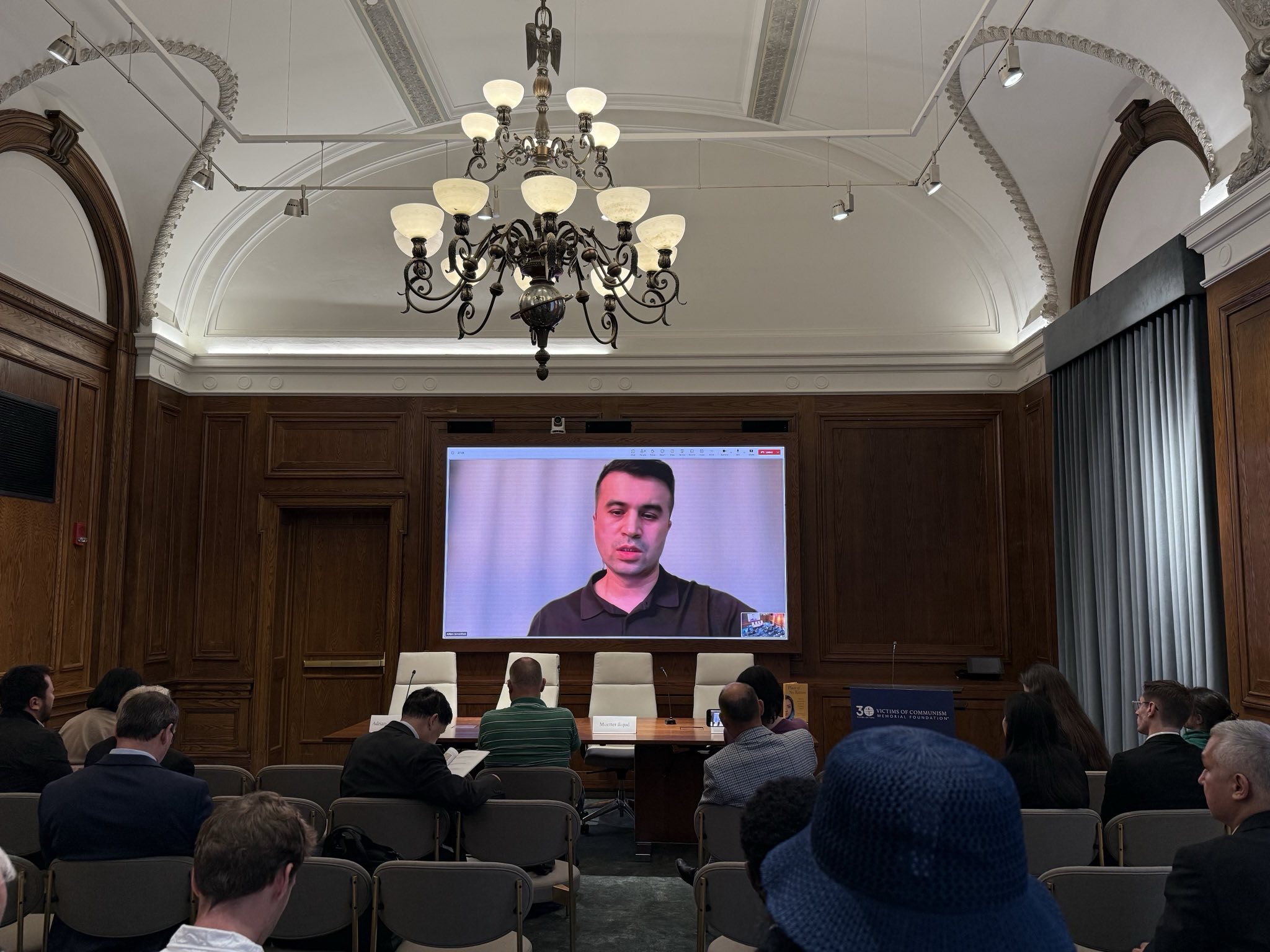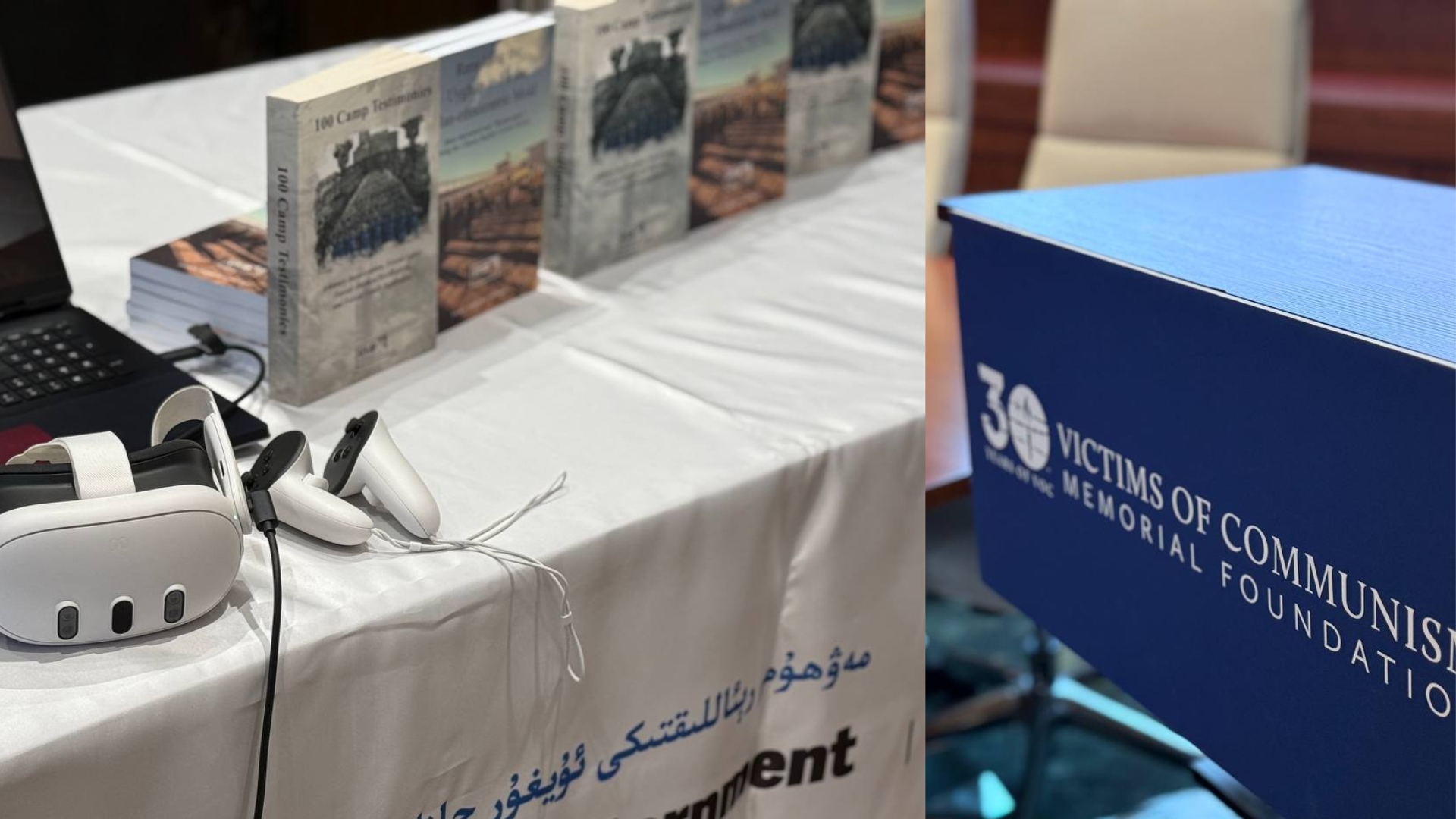3D modelling of concentration camps in East Turkistan
In our endeavor to seek justice for the Uyghur population in East Turkistan, the Uyghur Transitional Justice Database embarked on a pioneering journey by utilizing 3D modeling technology. This work presented the importance of incorporating 3D modeling into our advocacy efforts for transitional justice and invites collaborative discussions on its potential applications.
Utilizing 3D modeling provides a compelling method to create immersive representations of concentration camps by amalgamating survivor testimonies, witness accounts, high-resolution satellite imagery, and Chinese official leaked data. These multidimensional models bridges the gap between data and human experience, allowing the harsh realities of the camps to be palpable to a global audience.
Our objectives in integrating 3D modeling is threefold: to bolster advocacy efforts, support accountability initiatives, and engage diverse audiences. The future steps featuring our work session agenda will include an overview of 3D modeling in transitional justice, live demonstrations of our 3D models, in-depth discussions on leveraging 3D modeling for advocacy and accountability, and interactive brainstorming sessions for advocacy strategies.
The anticipated outcomes will encompass a shared understanding of the potential of 3D modeling, concrete advocacy strategies, ethical considerations, and the establishment of a collaborative network. By incorporating 3D modeling into our endeavors, we aim to amplify our advocacy and ensure that the world bore witness to the Uyghur crisis, thus furthering the cause of justice and accountability.


